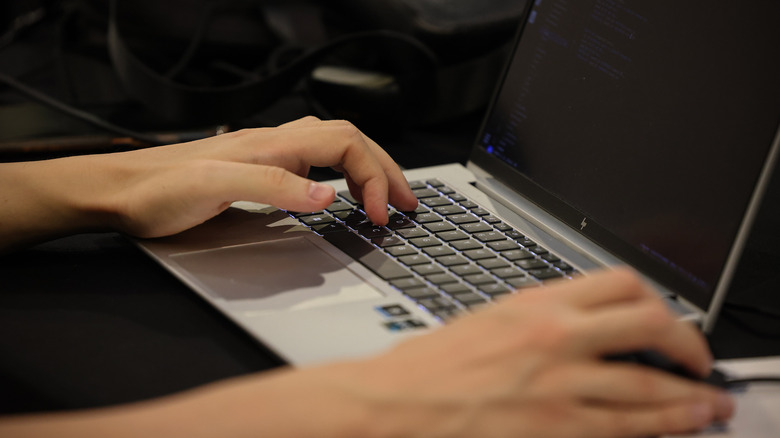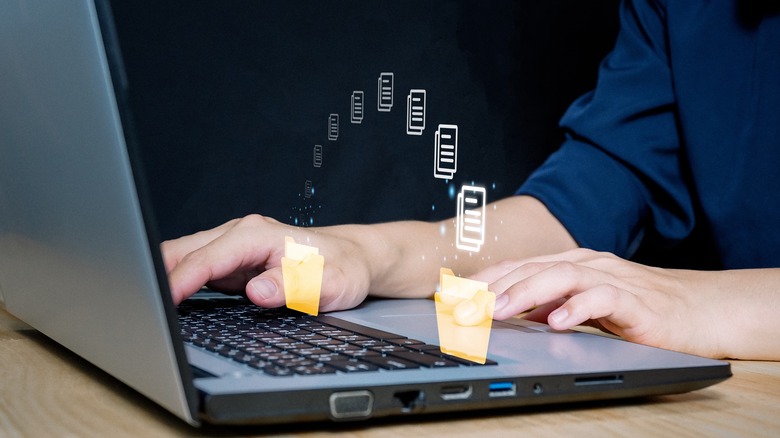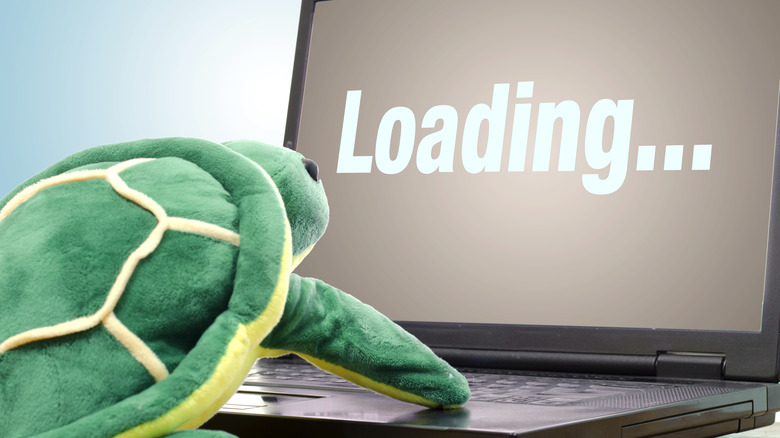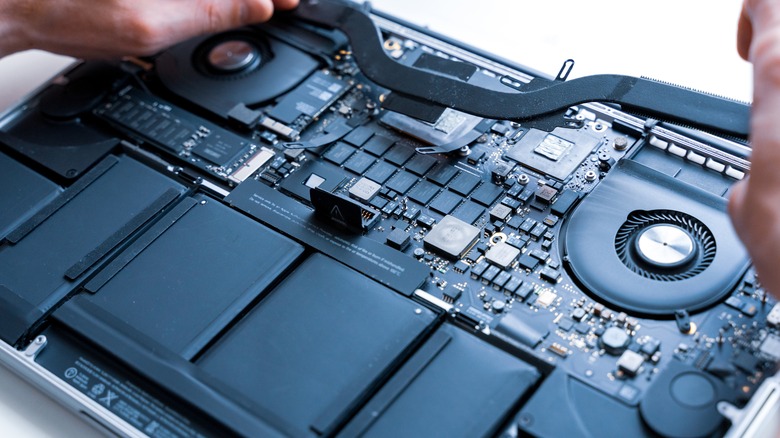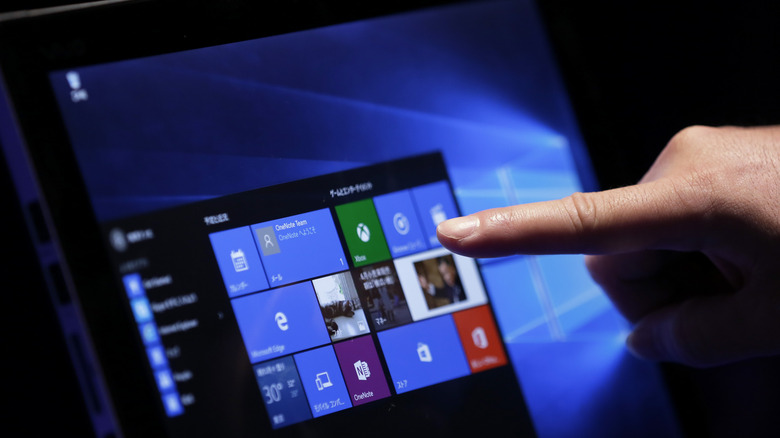5 Key Signs Your Laptop Is Getting Too Old
It feels like every other day a laptop with a super-fast processor hits the market with the promise of revolutionizing computing. This can make it seem like your previous-generation laptop is too antiquated to compete. It can be hard to tell if it is worth upgrading to the latest greatest or if you still have a few years left with the machine you already have on-hand. Of course, you can check how old your laptop is to check its serial number to reveal its release date. However, sometimes it can be hard to tell how old is too old.
With time comes degradation and errors that can pile up with any piece of technology. These can cause serious issues that can warrant an upgrade in many cases. In some cases, however, it can be just one component or error on your computer that is making it malfunction. Thus, fixing the issue can save you an expensive trip to the electronics store.
Frequent crashes and freezes
Random crashes may be a sign your laptop is not doing well. It freezing up is also a sign something is wrong. These may resolve within seconds, or they may necessitate a hard restart.
Unfortunately, these malfunctions can be hard to diagnose. The issues may stem from various sources, such as CPU overheating, outdated drivers, malware, or software issues. If you don't have the time or energy to diagnose what is causing these issues, your best bet may be to trade it in for a new laptop. However, if you wish to extend the lifespan of your current laptop, there are steps you can take.
The best place to start is to check for malware to rule out if the laptop is infected. You can do this using an anti-virus program. The next step is to upgrade your drivers and fix any that are missing if needed. Updating your drivers is especially important if your device is old, as new drivers can enhance performance and repair compatibility issues.
If nothing else seems to work, you can try a fresh install of Windows. Be warned that this process may delete all of your files and revert your computer to its original state. This may be the nuclear option, but it can be a good way to fix software and OS issues. It won't, however, fix faulty hardware.
File errors
If you can't read or write certain files, your files often get corrupted, or you have issues transferring large files, it could mean that your laptop's drive is on its last leg. One of the most common culprits for these errors is bad sectors, also known as bad blocks. Bad sectors are parts of your storage that are not available for use. These faulty areas can be caused by flash memory degradation, an unavoidable part of every drive's lifecycle. You can check if you have bad blocks on a Windows laptop by following these steps:
- Press the Windows key or click the Windows icon at the bottom right of your taskbar.
- Search "CMD" in the window.
- Right-click the Command Prompt option and click Run as Administrator from the drop-down menu.
- Input "chkdsk C:" in the box and press Enter. (C: can be interchanged with whatever letter your primary storage is.)
The results will indicate how many bad sectors you have. If you have bad sectors, you can try to fix them with the command "chkdsk C: /f /r /x". However, if that does not work, it may be time to replace your drive. This is a much cheaper alternative to replacing the whole laptop, especially considering how inexpensive SSDs have become in recent years.
It's painfully slow
One of the biggest complaints people have with older laptops is that they aren't as fast as when they were new. Although this could be due to the laptop's hardware not being able to keep up with modern software, it could also be because of very solvable problems.
If you've had a laptop for a long time, you probably amassed a lot of files and programs on it. If your drive is close to full, it can slow down performance. A quick solution to this is to delete all the unwanted stuff off your laptop. Keeping the content on your SSD low also has the added benefit of extending its lifespan in most instances.
Another potential reason your laptop is sluggish is because you have too many programs running in the background. You can close these apps in Windows by clicking the arrow key on the bottom right of your taskbar, right-clicking the unwanted program, and selecting Exit/Quit/End Task or whatever else the program has listed as an exit button. If you're working on a Windows computer, you can also set up a consistent End Task button on your taskbar by following these steps:
- Press the Windows key on your keyboard.
- Search Settings and click the option.
- Scroll down and click For Developers.
- Switch the End Task setting to the on mode.
Now, you can right-click any program open on your taskbar and click End Task. However, this will not work for background apps as they will not appear on the taskbar.
Your laptop is making weird sounds
In the case of hard drives and internal fans, you can sometimes hear them malfunctioning. Most modern laptops, however, do not have hard drives. That means the sound you are hearing in your laptop is likely your fan spinning fast. Although the fan should spin fast under heavy loads, it should not spin at very high speeds during regular activities like browsing the web. If it is, it could be because the airflow is being obstructed by debris or dust in or around the fan.
If this happens, it can cause the temperatures in your computer to spike, forcing the fan to run faster than normal to keep up. The only real way to solve this issue is to open your laptop up and get to cleaning. Afterward, you should check your laptop temperatures to see if it's overheating still.
You can check your temperatures in your BIOS or use third-party software such as HwMonitor to read out your temperatures with the computer booted up. If that does not fix the issue, there may be a more serious issue with your laptop, and you may want to consider upgrading or taking it to a repair shop to avoid a headache.
You can't update your operating system
Older laptops may not be eligible for new OS updates. For example, laptops with a 32-bit CPU cannot upgrade to Windows 11. This means you will miss out on features new laptop owners take advantage of, such as virtual desktop, live subtitles, and the Windows Copilot AI assistant. It's not all about features. If you do not stay up to date with your current version of Windows, it can cause compatibility issues with new software.
Even certain major, non-generational leaping Windows updates can have hardware requirements. This may not seem like an issue at first, because most users can't tell the difference when Windows updates. However, an outdated OS can cause serious security issues. You can be susceptible to the latest threats if you do not get new security updates. If you can't upgrade Windows, you may want to look into getting a new laptop with better hardware if security is a big concern for you.
